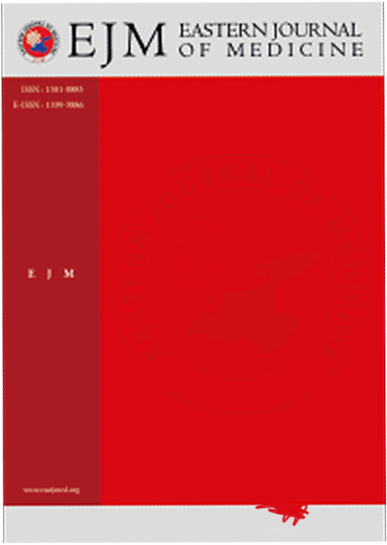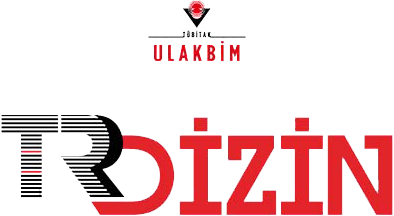Does Wearing a Mask Affect Balance and Reaction Time?
Yasin Yıldırım1, Çağla Özgören2, Devrim Tarakcı41Istanbul Gedik University, Faculty of Health Sciences, Department of Physiotherapy and Rehabilitation, Istanbul, Turkey2Istanbul Medipol University, Faculty of Health Sciences, Department of Physiotherapy and Rehabilitation, Istanbul, Turkey
3Istanbul Medipol University, Graduate School of Health Sciences, Department of Physiotherapy and Rehabilitation, Istanbul, Turkey
4Istanbul Medipol University, Faculty of Health Sciences, Department of Ergotherapy, Istanbul, Turkey
INTRODUCTION: A mask is a protective equipment that covers the mouth and nose and is routinely used in workplaces, public transport and other communal settings preventing harmful particles, dust, droplets, bacteria, viruses, fog, gas, smoke and steam from entering the respiratory system. However, wearing a mask may impair the visual field, potentially affecting balance and reaction time. Our aim is to determine whether the use of masks affects people's balance and reactions.
METHODS: Twenty-five healthy participants (14 female, 11 male) underwent two assessments: one while wearing masks and another without masks. Static balance was assessed using the BeCure Balance System, reaction time was measured using the BlazePod, and dynamic balance was evaluated through the Functional Reach Test (FRT).
RESULTS: Statistical analysis was performed using the Wilcoxon Test. There was a significant difference in the results of center of pressure displacements (p<0,05). FRT comparison had a significant difference also (p<0,05). There was no significant difference in the result of reaction time.
DISCUSSION AND CONCLUSION: Any deterioration in visual field may lead to falling especially in vulnerable people. These patients and their caregivers must be aware of this hazard and they should be informed meticulously about optimal mask using.
Manuscript Language: English














